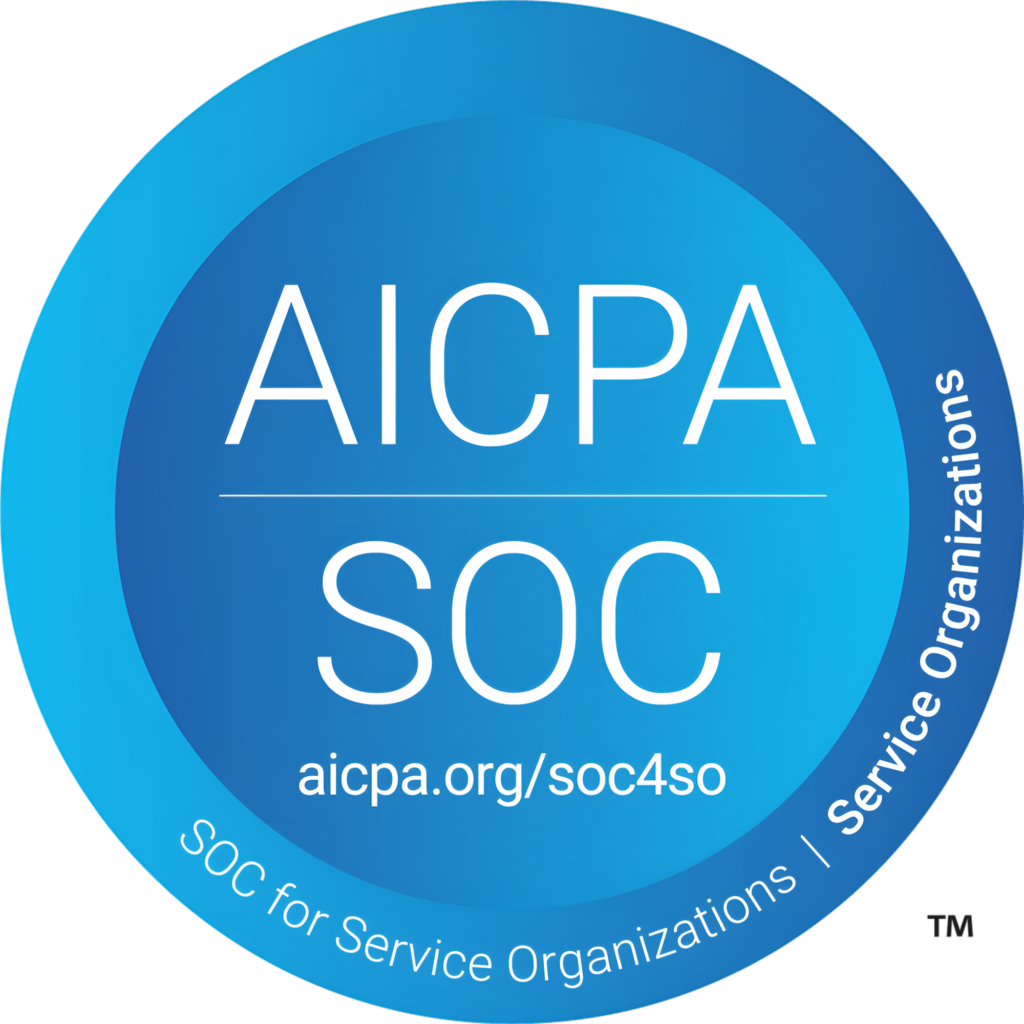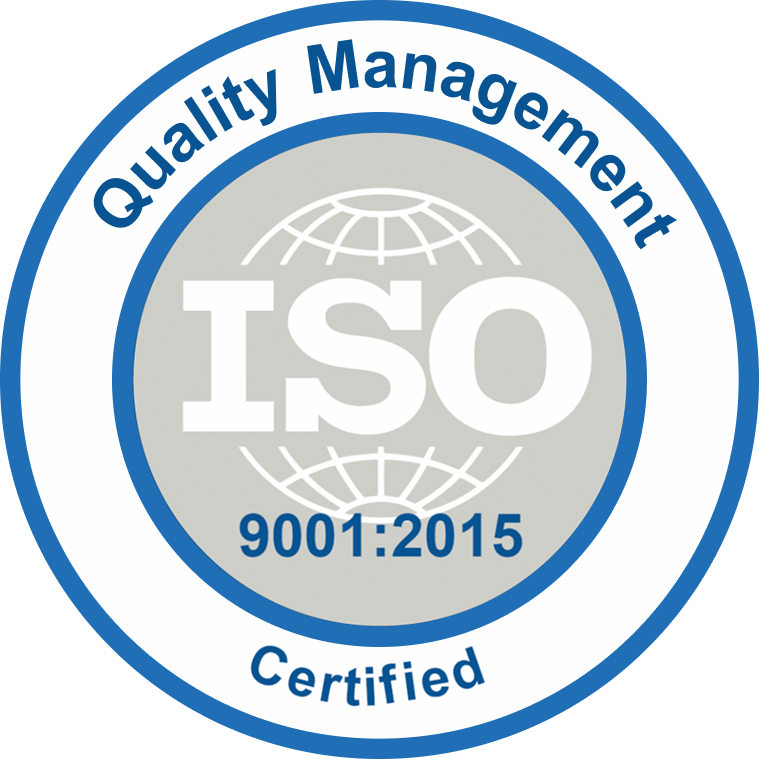Top 5 Microsoft 365 security best practices for your enterprise
Strengthen your M365 defense! Here are the top 5 security best practices to maximize protection for your enterprise.
Slack to Teams migration guide – Move on in 5 easy steps
Simplify your move! This guide outlines 5 easy steps to migrate seamlessly from Slack to Microsoft Teams.
3 Changes that ITAM teams must adopt with the sudden shift to remote working model
The sudden shift to remote work demands ITAM adapt: managing assets extends beyond the corporate network, necessitating a focus on securing and tracking employee endpoints.
Is data normalization a significant precursor to ServiceNow HAM/SAM Pro
Level up the game of negotiation with software/hardware vendors by visualizing the streamlined asset datasets. Never let your vendors leverage the imperfections in asset data with excess licensing costs, and compliance risks
ServiceNow AI Search – How far it’s capable of elevating the user experience?
Organizations aim at cutting off human efforts in overseeing, performing redundant and rudimentary tasks, orchestrating, reporting, or resolving the recurring errors.
ServiceNow Employee Workflows – How to improve employee engagement with HR Service Delivery suite?
Boost employee satisfaction! ServiceNow Employee Workflows automate HR tasks within the HR Service Delivery suite, freeing employees for more engaging work.
ServiceNow Employee Center – Connect your hybrid workforce in a unified platform
The happier the employees are, the lower the operating cost is for your organization. Employee experience has moved from an amenity to an essential feature for enterprises and it has become crucial with the rise of pandemic and hybrid work models.
How we consumed multiple endpoints in a unified REST driver?
Managing multiple REST endpoints efficiently – Develop a unified driver to streamline operations and reduce maintenance costs.
How we improved the client’s legacy authentication system to OAuth 2.0?
Migrating a legacy authentication system to OAuth 2.0 can significantly enhance security and scalability. This shift allows for centralized identity management and eliminates the need for storing credentials within individual applications.

